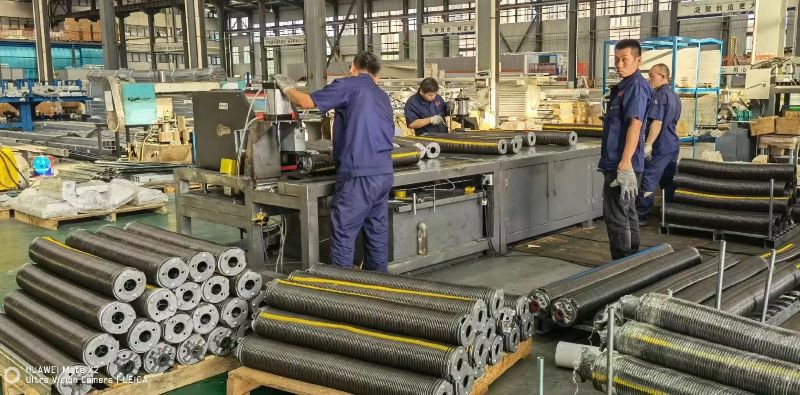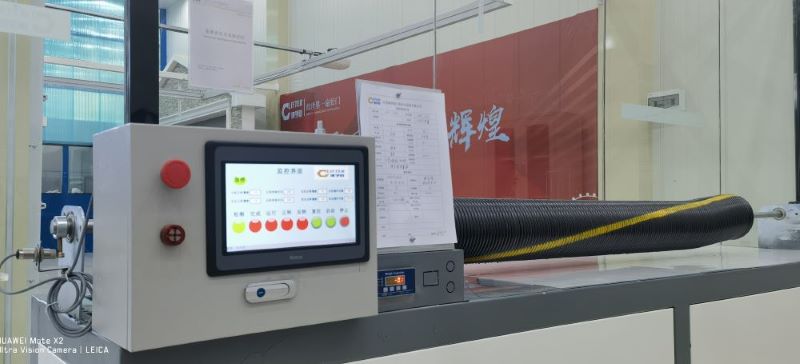Introduction to Torsion Springs
вҖў Sizes: 1-3/4", 2", 2-5/8", 3-3/4", 5-1/4", 6"
вҖў Materials: 72B, 82B, 60Si2Mn, 55SiCr, supplied by well-known domestic brands
вҖў Process: Cold rolling - Medium temperature tempering - Surface treatment - Installation of end caps - Labeling - Packaging
Standards:
вҖў Inner diameter tolerance of torsion springs: +/-1%
вҖў Clearance between coils: <0.2mm
вҖў Tolerance of number of coils: +/-1%
вҖў Life cycle test: >20000 cycles without fracture, load loss <15%
вҖў Neutral salt spray test: >72 hours, no rust spots on surface (equivalent to 3 years)
Cold Rolling:
вҖў Cold rolling process is a test for torsion springs to withstand extreme conditions without breaking
вҖў Normal use requires about 65% of the force used in cold rolling, which has low efficiency and high cost.
вҖў Automatic spring coiling machines produce springs that are unstable in their free state
Surface treatment methods:
Oil immersion, electroplating, electrophoresis, powder coating, etc.
End Caps:
вҖўMade of high-strength alloy aluminum ADC12
вҖўDifferent torsion spring models require different types of end caps
вҖўEnd caps are divided into fixed end and adjustable end
вҖўThe adjusting end has a black mark on the left and a red mark on the right to help distinguish between left and right springs during installation
Tension Rods:
вҖў Made of cold-drawn steel in two sizes: вҲ…25.4 and 31.75
вҖў Surface treatment: natural or galvanized
Inner Lining:
вҖў Three sizes available: вҲ…75, вҲ…95, вҲ…115
вҖў Made of PVC using extrusion process
вҖў Inner lining length is 10cm shorter than torsion spring length to effectively support the spring body and prevent deformation during normal operation


Contact: Aron Song
Phone: +86 13373587836
Tel: +86 13373587836
Email: [email protected]
Add: No.2308,Chaoyang road,Xuchang city, Henan province,China